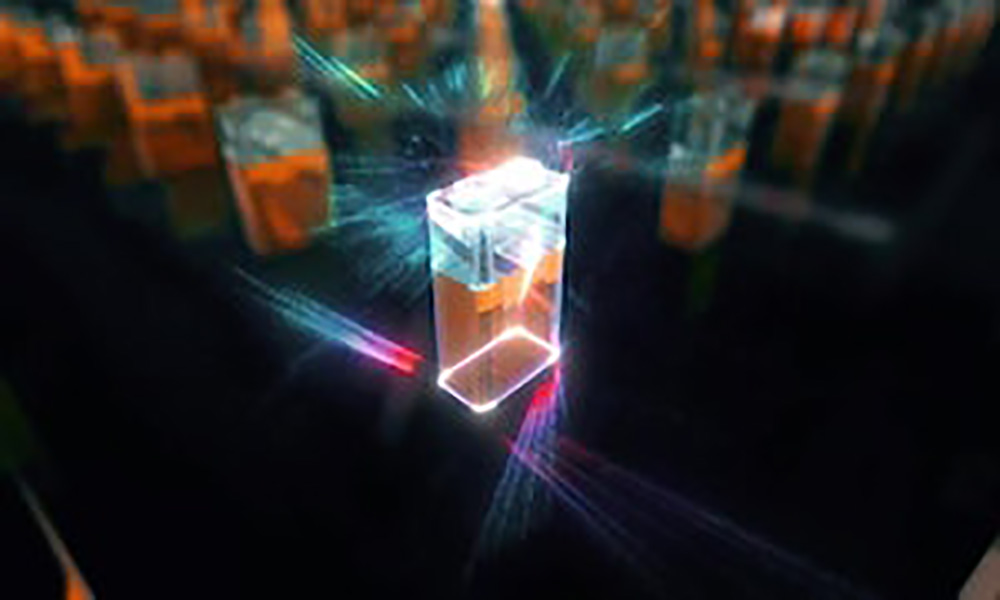Kirin battery, the third-generation CTP technology, has reached a new high in system integration in the world, with a volume utilization rate exceeding 72%, and an energy density of up to 255Wh/kg, which can easily achieve a 1,000-kilometer battery life.
Kirin batteries are essentially lithium-ion batteries, mainly structural innovations, both lithium iron phosphate, and ternary lithium-ion batteries. The material innovation of Kirin battery is mainly the negative electrode material. In order to realize the 4C fast charging technology, artificial graphite needs to be made into carbon-coated secondary particles, and the carbon-based negative electrode is added at the same time, and the coordination requirements for electrolyte and conductive agent are also higher. high.
1. Features of Kirin Battery
First, the CTP3.0 battery adds a water-cooled sheet between the two cells to reduce the thermal conduction of the two adjacent cells and prevent thermal runaway;
Second, it can meet high-voltage fast charging, 4C charging is not difficult, and it can be seen in the market next year;
Third, it can greatly improve battery life, because the water-cooled sheet has a buffering effect;
Fourth, the specific energy is improved, and the Kirin battery can improve the utilization of space. The energy density of the lithium iron phosphate system is 160wh/kg, and the ternary high nickel can reach 250wh/kg, which is 13% more power than the 4680 battery.
2. Conclusion
Kirin battery breaks through the functional boundary, creates a three-in-one multi-functional elastic interlayer, and creates an original cell inversion solution, which makes the volume utilization rate of the battery pack exceed 72%. The energy density of the Kirin battery system reaches 255Wh/kg.
Under the same chemical system and the same battery pack size, its power can be increased by 13% compared to the 4680 battery system. At the same time, CATL pioneered the large-surface cooling technology for cells, which quadrupled the heat exchange area of the Kirin battery, shortened the temperature control time by half, supports 5-minute hot start and 10-minute fast charge, and can achieve thermal stability and thermal stability of the entire chemical system. Safety enhancements.


Cheers!